Description
The Hoya carnosa ‘Compacta Mauna Loa’ is a compact and easy-to-care-for houseplant known for its unique, waxy foliage and striking pink flowers. With its ability to purify the air and add a touch of natural beauty to any space, this plant is a must-have for any indoor garden.
Full Botanical Name:
Hoya carnosa ‘Compacta Mauna Loa’
Common Names:
Mauna Loa Hindu Rope, Wax Plant
Country and/or Region of Origin:
Though Hoyas are generally native to Asia and Australia, the ‘Compacta Mauna Loa’ is a cultivated variety likely developed from species native to East Asia and Australia.
Growing Conditions in Native Habitat:
In their natural habitat, Hoya carnosa typically grows as an epiphyte in tropical forests, climbing trees and thriving in humid, shaded environments.
Care Information:
-
Light:
Prefers bright, indirect light. Direct sunlight can scorch the leaves, while too little light can stunt growth and reduce flowering. -
Ideal Room:
Suitable for any room with bright, indirect sunlight such as a living room with a north or east-facing window. Can also thrive under fluorescent lighting. -
Feeding:
Feed every 4-6 weeks during the growing season with a diluted liquid fertilizer. Reduce feeding in the winter. -
Humidity:
Prefers high humidity. Regular misting or a humidity tray can help meet its moisture needs. -
Ideal Temperature:
Thrives in temperatures between 60°F and 80°F (15°C to 26°C). Avoid temperatures below 50°F (10°C). -
Watering:
Water when the top inch of soil feels dry. Hoyas prefer to dry out slightly between waterings. -
Pet/Child Safe:
Generally considered non-toxic to pets and children. -
Soil:
Prefers well-draining soil. An orchid mix or a mixture of peat, perlite, and sand is ideal. -
Propagation:
Propagate by stem cuttings, ideally taken in spring or early summer. -
Eventual Height and Spread:
Can trail or climb up to several feet, with individual vines reaching several meters under optimal conditions. -
Growth Rate:
Moderate, depending on light and care. -
Pests and Treatment:
Watch for pests like aphids and mealybugs. Treat infestations with insecticidal soap or neem oil. -
Repotting:
Repot every 2-3 years in the spring to refresh the soil. -
Pruning:
Pruning is rarely necessary except to control size or remove unhealthy parts. -
Folk Law:
Hoyas are often considered symbols of love and protection in their native regions.

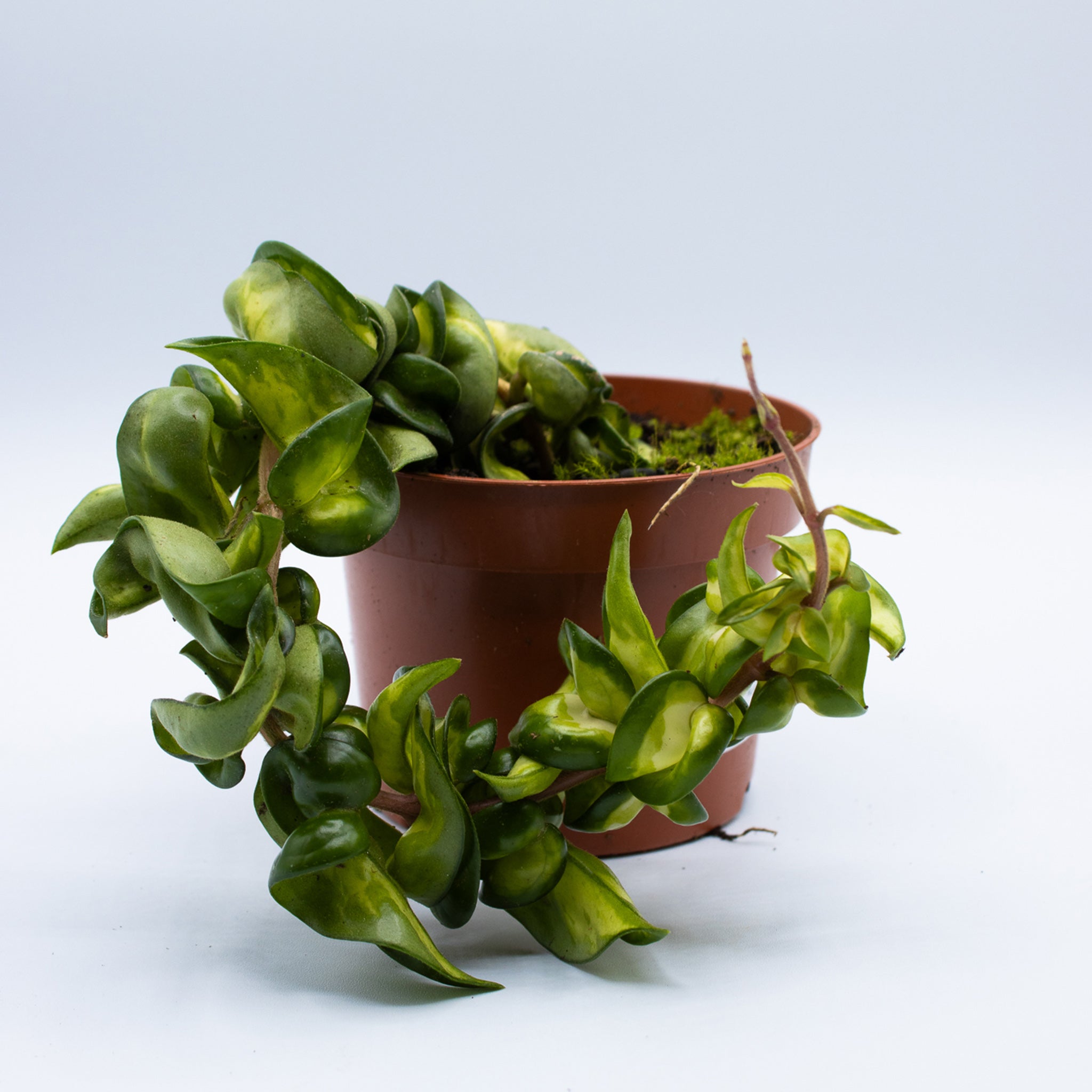
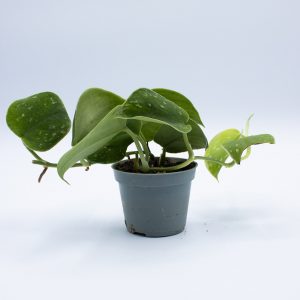
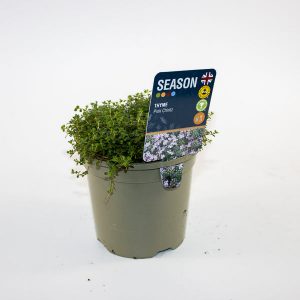
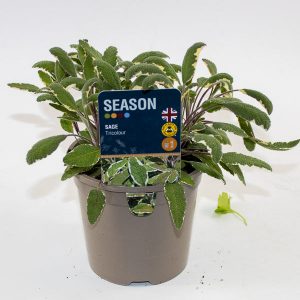
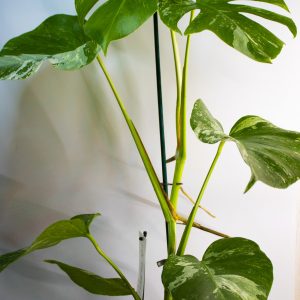
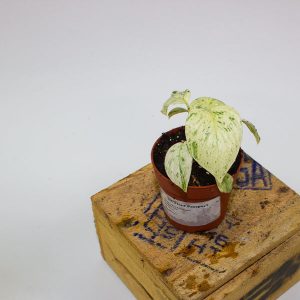

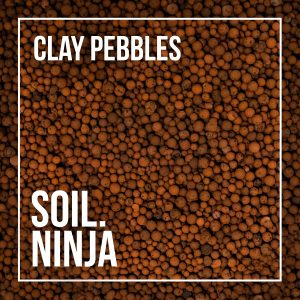
Reviews
There are no reviews yet.